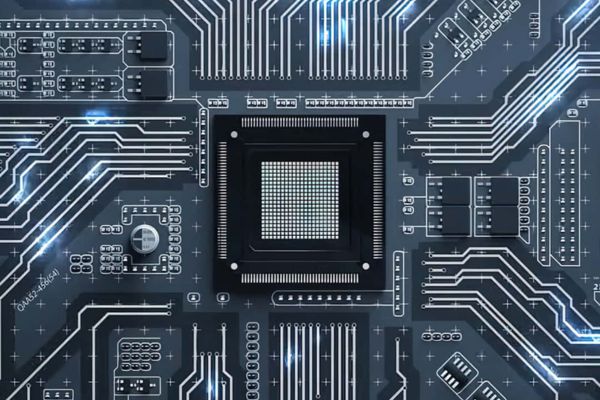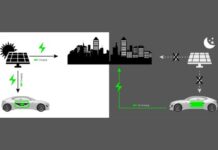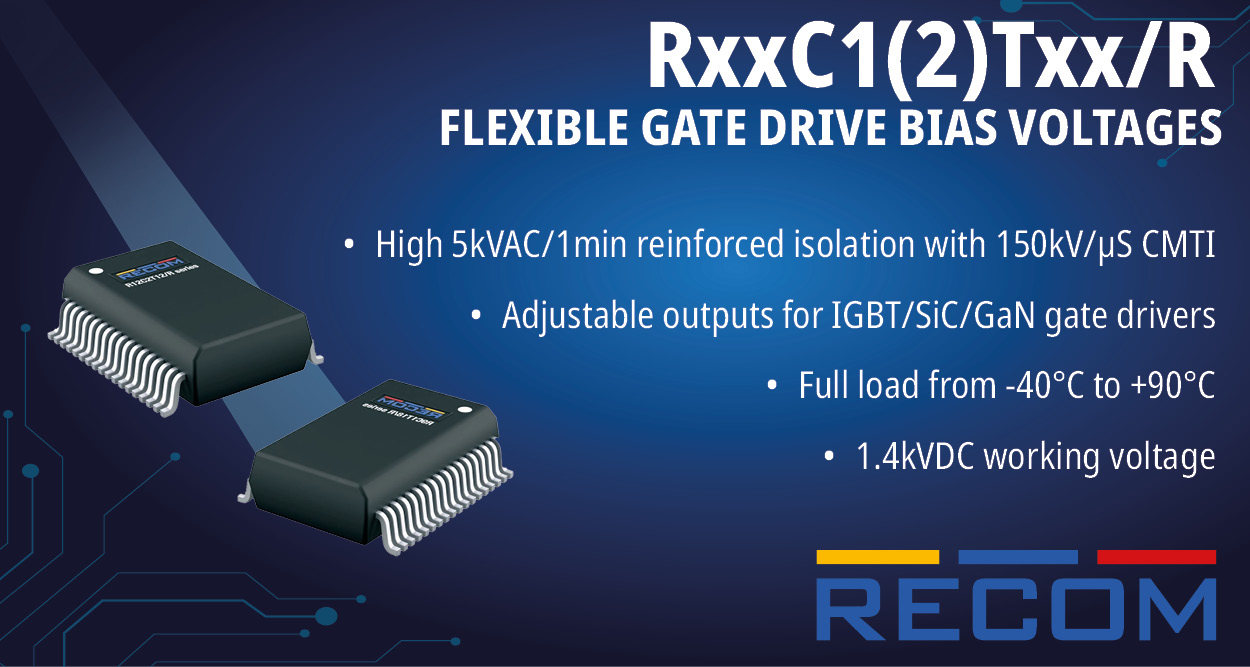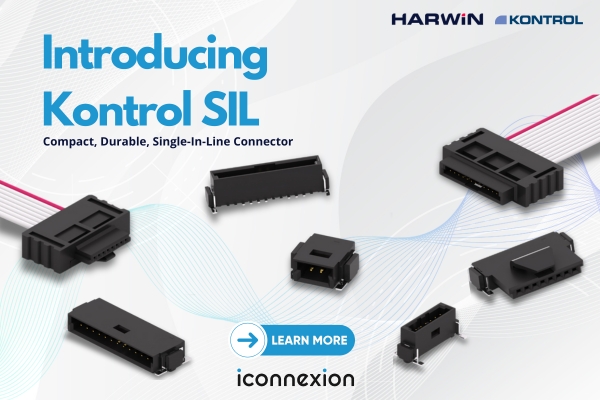According to Precedence Research, the G. fast chipset market was valued at USD 3.35 billion in 2024 and is forecast to hit approximately USD 13.26 billion by 2034, expanding at a compound annual growth rate (CAGR) of 14.75%. This impressive growth is driven by increasing data consumption, urbanization, and the urgent need to modernize aging telecommunications infrastructure. What makes G.Fast compelling is its ability to deliver near-fiber speeds without laying new cables — a game-changer for dense urban environments and developing economies alike.
What People Are Asking — And Why It Matters
Across search engines like Google and platforms like ChatGPT, users are increasingly interested in understanding how G.Fast works, its market potential, and its applications. Some of the most frequently searched queries include: “What is G.Fast and how fast is it?”, “G.Fast vs Fiber — which is better?”, and “Who are the leading G.Fast chipset manufacturers?” On AI platforms, users are digging deeper, asking for simplified technical explanations, deployment case studies, and ROI comparisons between G.Fast and competing technologies like FTTH (Fiber to the Home) or 5G Fixed Wireless Access.
This surge in curiosity reflects broader industry movements. Telecom operators are actively looking for scalable, budget-friendly ways to meet surging bandwidth demands — especially as 4K streaming, online gaming, cloud computing, and connected devices become mainstream. In many parts of the world, fiber deployment remains financially or logistically difficult. G.Fast helps bridge that gap.
A Closer Look at Market Dynamics
One of the primary drivers of the G.Fast chipset market is its versatility in deployment. It is particularly suited for multi-dwelling units (MDUs), commercial buildings, and areas with legacy copper networks. Rather than digging up roads and rewiring entire cities, providers can install G.Fast nodes closer to the user — such as at a basement or curbside level — and deliver gigabit speeds via existing copper wiring over short distances (up to ~500 meters).
The technology is also playing a pivotal role in hybrid broadband networks. For example, some providers combine fiber backbones with G.Fast in the “last mile” to reduce costs while maintaining high performance. In rural regions, where both fiber and 5G deployment are limited, G.Fast has also found niche applications as a temporary or parallel solution for broadband rollouts.
Regional Insights and Future Potential
Currently, North America leads in G.Fast adoption, with aggressive rollout plans from ISPs and strong government support for rural broadband. However, Asia-Pacific is expected to post the fastest growth over the next decade. Countries like India, China, and South Korea are investing in broadband as a foundation for smart cities, digital inclusion, and economic development. European markets, particularly Germany and the UK, are also deploying G.Fast in conjunction with ongoing fiber projects to upgrade their legacy copper networks more rapidly.
Looking ahead, there’s also significant potential for G.Fast to support Industrial IoT networks, especially in sectors like manufacturing, energy, and transport, where laying fiber may be impractical. In addition, with the rise of remote healthcare and smart education, municipalities are exploring G.Fast as part of their digital infrastructure toolkit.
Applications and Use Cases
G.Fast chipsets are making waves across multiple sectors thanks to their ability to upgrade legacy infrastructure without extensive overhaul. In residential broadband, especially in older apartment complexes and MDUs, G.Fast is ideal for delivering high-speed internet through pre-existing copper wiring. This makes it highly attractive to ISPs operating in urban areas where digging up streets to lay fiber is neither economical nor feasible.
In the enterprise space, businesses housed in commercial buildings can quickly boost their network speeds without moving to a completely new infrastructure. Hotels, hospitals, and campuses are also tapping into G.Fast to offer robust, multi-user internet environments without needing costly and time-consuming rewiring projects. Additionally, governments and municipalities are adopting G.Fast in public Wi-Fi deployments, e-governance, and digital inclusion programs, particularly in underserved areas.
Technological Comparisons
When compared to other broadband technologies, G.Fast presents a balanced mix of speed, affordability, and deployment efficiency. While fiber-optic networks are superior in raw speed and future-proof scalability, G.Fast can deliver up to 1 Gbps over short distances — which is sufficient for most residential and commercial applications. Fiber requires significant infrastructure investment and longer deployment timelines.
On the other hand, 5G Fixed Wireless Access offers promising mobility and decent throughput, but is susceptible to signal loss and performance fluctuations due to environmental interference. G.Fast, being wired, offers more stable performance with lower latency. Unlike VDSL and ADSL, G.Fast is based on higher frequency bands (up to 212 MHz) and uses vectoring to cancel out cross-talk, enabling higher bandwidth and more users per node.
Integration with Emerging Technologies
As digital ecosystems evolve, G.Fast chipsets are being designed with integration in mind. One significant trend is the integration of G.Fast with Wi-Fi 6 and Wi-Fi 6E routers, allowing end-users to enjoy seamless high-speed internet not just up to the wall socket but across their entire home or office. These integrated solutions are now being marketed as plug-and-play gigabit packages, simplifying network management for consumers and reducing churn for service providers.
Moreover, hybrid deployments combining G.Fast with 5G backbones are being piloted in several regions. These setups use G.Fast to extend 5G connectivity into buildings, enhancing indoor coverage without the need for additional cell sites. This approach is particularly useful in dense urban environments where high-rise structures often block or degrade 5G signals.
G.Fast also plays a role in supporting Industrial IoT, smart cities, and edge computing infrastructures. By enabling high-speed, low-latency connections over existing wiring, G.Fast helps power applications like real-time surveillance, traffic management, and sensor-based analytics without major infrastructure upgrades.
Competitive Landscape
The G.Fast chipset ecosystem includes a mix of tech giants and specialized vendors. Broadcom and Qualcomm are among the leaders, offering robust chipsets that integrate seamlessly into broadband equipment. MediaTek, known for its innovation in system-on-chip (SoC) design, is also making strategic investments. Sckipio Technologies, though smaller, has pioneered several G.Fast advancements and is a frequent partner to OEMs building DSL and fiber gateway equipment.
Competition is heating up as chipset makers look to differentiate on power efficiency, noise reduction, interoperability, and support for emerging standards like ITU-T G.9701. Recent developments show that companies are also working on combining G.Fast chipsets with Wi-Fi 6 and 6E to offer end-to-end high-speed connectivity solutions for homes and businesses.
Recent Activities
- In March 2025, Qualcomm introduced three new Snapdragon G series processors, specifically engineered to power Android-based handheld gaming devices.
- In August 2024, Google unveiled its Pixel 9 series, featuring the custom-built Tensor G4 chip. This advanced processor enhances overall performance and enables AI-driven capabilities across the Pixel 9 lineup.
G. Fast Chipset Market Top Companies
- Intel
- Texas Instruments
- MediaTek
- Qualcomm
- Infineon Technologies
- Nokia
- Cypress Semiconductor
- Marvell
- Analog Devices
- Microchip Technology
- Broadcom
- Samsung Electronics
- Realtek
- MaxLinear
- Huawei Technologies
Source: https://www.precedenceresearch.com/g-fast-chipset-market
















